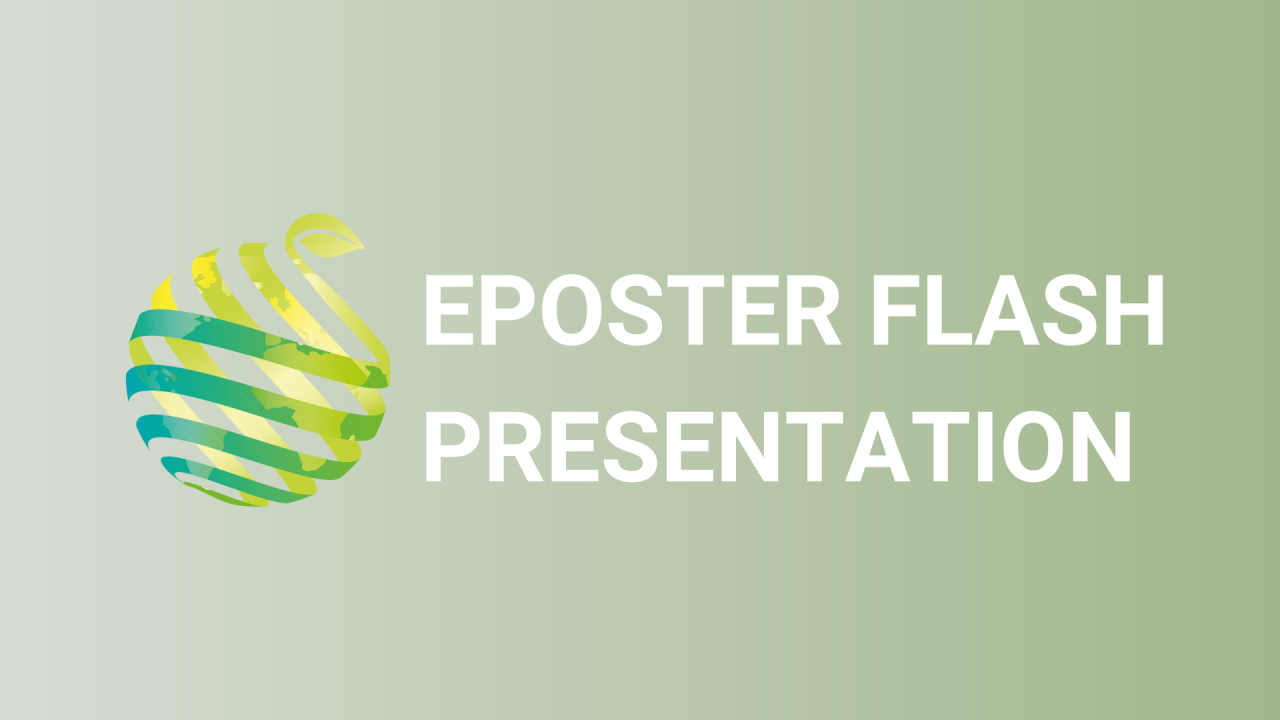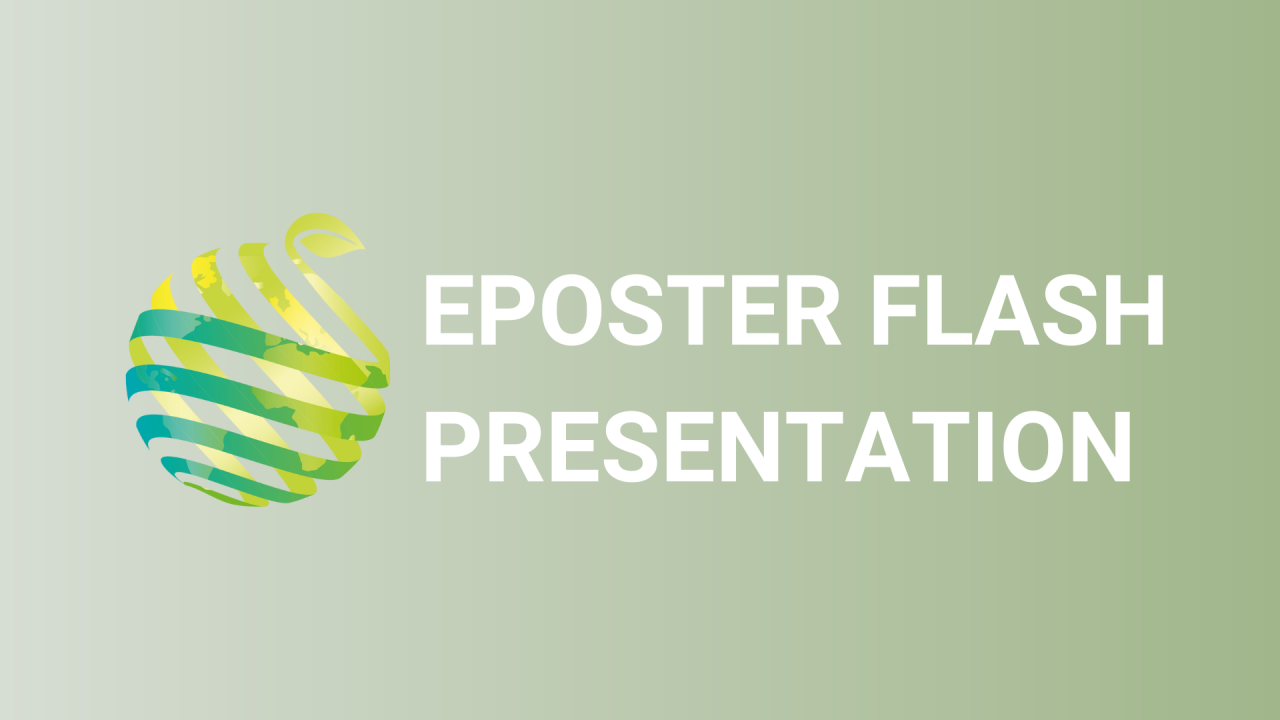

S13 - Session P2 - Anaerobic digestate to sustain horticultural needs: undertaking a scientific assessment
Information
Authors: Thomas Escott *, Ian C. Dodd, Alistair Wannop, William Tuer, Philip M. Haygarth
Concerns over the sustainability and economic viability of synthetic chemical fertiliser supplies have stimulated demand for suitable organic alternatives. Digestate, a by-product of biogas production, has the potential to increase plant growth and soil fertility both sustainably and effectively. Using both liquid and solid digestate presents a wide range of opportunities for securing long-term food supply, and its application to low organic matter soils has been advocated widely in broadacre agriculture. However, optimising digester feedstock to enhance the nutritional content of output for commercial use as horticultural products is an emerging area. We hypothesised that the liquid fraction of digestate could sustain crop growth and quality at comparable levels to existing synthetic products. Thus, an optimised plant-based liquid fertiliser derived from anaerobic digestion was compared with synthetic fertiliser at the same total nitrogen (N) concentration to low-nutrient peat substrate, for representative edible and ornamental crops grown by home gardeners (tomato and geranium, respectively). Crop quality and nutrition were assessed at harvest by visual assessment and nutrient analysis using inductively coupled plasma optical emission spectroscopy (ICP-OES), respectively, with crop growth rates measured during development. Furthermore, we hypothesised that the application of the solid digestate fraction would enhance crop growth and water status compared to unamended growing substrates. The influence of solid digestate on plant performance was measured against similar commercially available products by exposing plants to different irrigation frequencies (while maintaining the same overall irrigation volume) in a pot-based factorial experiment.